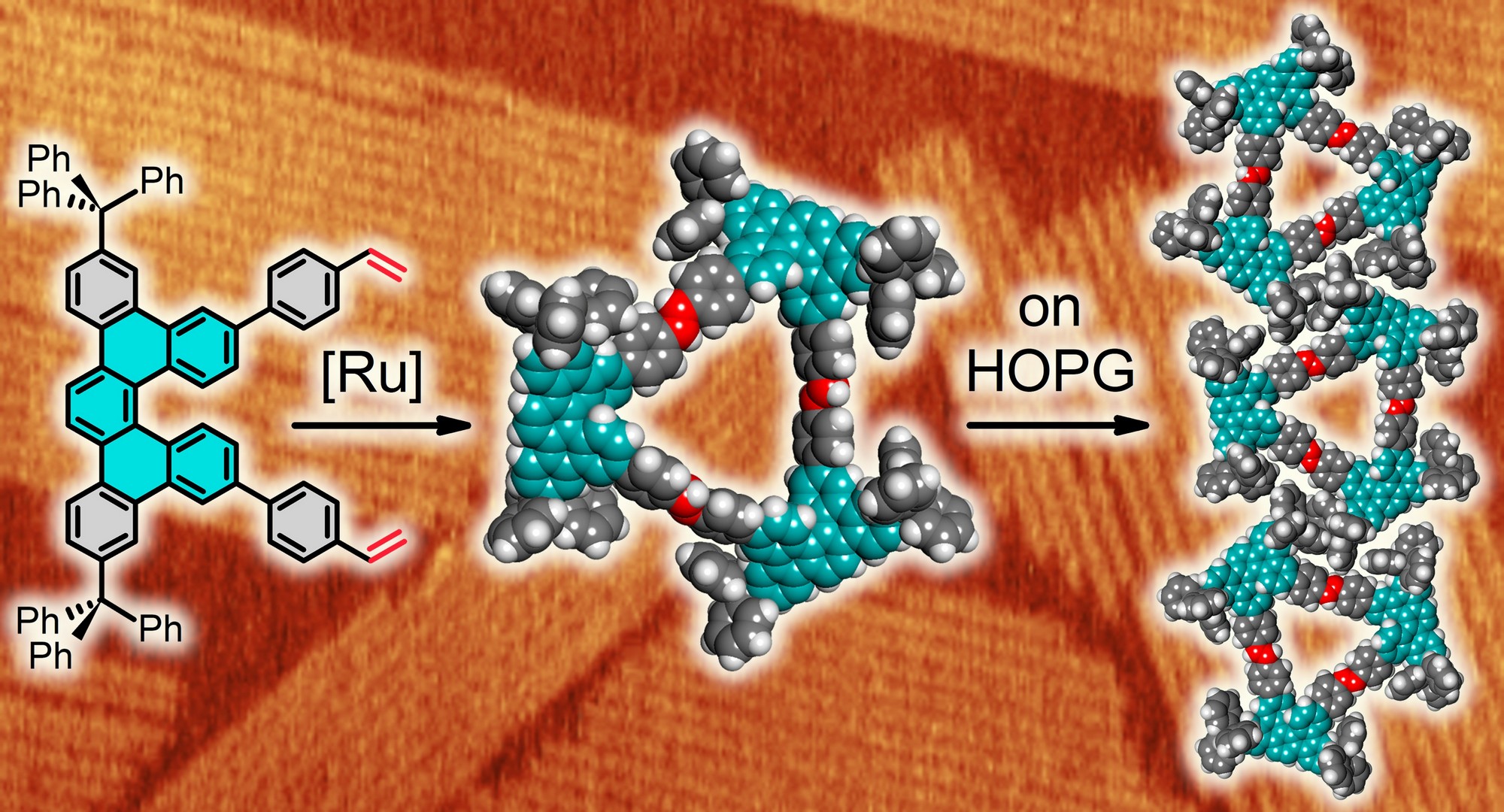
Chiroptical phenomena provide precious information about many molecules. Typically, they are difficult to measure. However, a very strong chirality transfer was found during a collaboration between IOCB Prague and the University of Alberta.
Researchers from Petr Bouř Group at IOCB Prague and Yunjie Xu Group at the University of Alberta detected the transfer for a chiral nickel complex and in a variety of solvents, using resonance Raman optical activity spectroscopy (ROA). This discovery was published as a Hot Paper in Angewandte Chemie.
When the excitation light is in resonance with electronic transitions of the chiral molecule, the polarizability of the complex sharply rises, making it behave like a quantum plasmon, despite being significantly smaller than nanoparticles that are known to exhibit similar behavior. The complex excited in this way strongly affects molecules of the surrounding solvent, makes them chiral and seen in the Raman optical activity experiment.

This effect can be so strong that the induced chirality completely overshadows the natural chirality of the solvent, which was the case of a 2-butanol/CDCl3 mixture. Because the maximum intensity occurs for solvent molecules at a certain distance from the complex, the region has been nicknamed “ring of fire”. It is worth noting that this region is not the area closest to the resonating complex.
The discovery of such an effect could lead to a possibly significant enhancement of the ROA method, especially its detection limits.
For more, read the original paper: Li, G., Kessler, J., Cheramy, J., Wu, T., Poopari, M. R., Bouř, P. and Xu, Y. (2019), Transfer and Amplification of Chirality Within the “Ring of Fire” Observed in Resonance Raman Optical Activity Experiments. Angew. Chem. Int. Ed. doi: 10.1002/anie.201909603
Read next...






